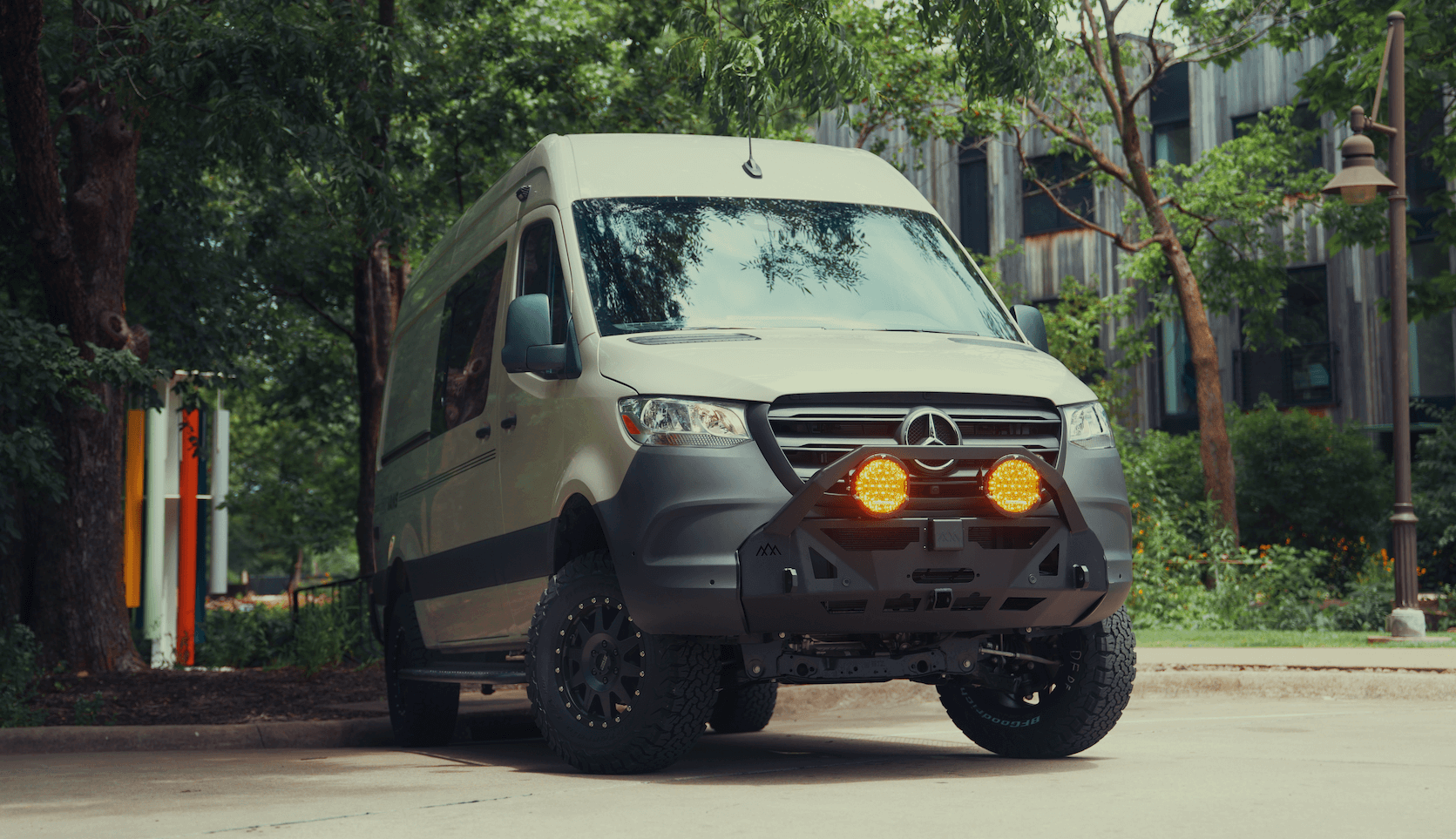Recreational Vans

Leaving a pet in a van is a serious decision. Interior temperatures can rise faster than most owners expect, even on mild days. Cold snaps are equally dangerous because heat loss accelerates in a metal shell. Safety comes from preparation, not optimism.
Heat builds quickly. On a seventy five degree day, interior temps can climb above one hundred in less than thirty minutes. Cracked windows barely slow the rise, and shade reduces but does not remove the danger. Humidity worsens heat stress by reducing evaporative cooling, so monitor both temperature and humidity.
Cold is unforgiving. Small breeds and short hair dogs lose heat fast below forty five degrees, and water can freeze near thirty two degrees. Hypothermia can develop quietly if bedding is damp or airflow is high. Wind across open windows can turn a cool interior into a chill box.
Noise and stress matter. Honking, crowds, and nearby vehicles can spike anxiety which increases breathing and heat load. A calm, insulated cabin with familiar bedding reduces stress and helps pets settle while you step away.
Local laws vary, and many places allow authorities to intervene if a pet is in distress. When in doubt, choose caution.
Think in layers. The safest setup combines active heating or cooling, steady ventilation, reliable power, and real time monitoring. One device is not a plan.
Power keeps climate devices alive. Size a lithium battery bank to support your AC or heater plus fans and monitors for the entire time you will be away. Include solar and alternator charging to recover energy while you drive, and shore power where available. Build redundancy so a single failure does not endanger your pet.
Remote monitoring closes the loop. Use a cellular enabled temperature and humidity sensor that sends push alerts and text messages if thresholds are exceeded. Pair it with a smart camera aimed at the pet area so you can confirm behavior and posture at a glance. Alerts should trigger early enough that you can return before comfort limits are crossed.
Automation helps but does not replace judgment. Set fans to run continuously when AC is on. Program a heater thermostat with a safety floor temperature. Use a smart relay to kill high draw devices if voltage falls to a critical level to preserve enough power for fans and monitors.
Safe absences are short and predictable. Plan tasks in fifteen to thirty minute blocks and return for a check. If temperatures are rising or conditions are unstable, skip the errand and bring your pet with you.
Create a leave routine:
Training reduces risk. Crate train in a crash tested kennel secured to the vehicle structure. Practice short separations with the full climate and monitoring stack. Reward calm behavior. Build up gradually so your pet is comfortable when you step out.
Have a backup plan. Share your location with a friend, keep a spare key on your person, and prepare a printed card on the window with your phone number and a note that the cabin is climate controlled and monitored. If an alert fires, return immediately. If your systems cannot maintain safe temperature, evacuate to shade and seek indoor space.
A purpose built system is the safest path for frequent absences. That means matched AC or heating, insulation, smart ventilation, and a power system with enough storage and charging to run for hours. Wiring should be sized for the loads, fuses placed correctly, and monitors integrated so you receive early warnings. Thoughtful layout keeps the pet area away from direct sun, hot appliances, and drafty doors. With the right plan, you can step away for a short errand with confidence.
OZK Customs builds van systems that make pet safety practical. From climate devices to power banks and remote monitoring, we design each layer to work as a whole so there are no weak links. If you are planning a new build or an upfit, we can engineer the right combination for your routes and your animals.
Strong systems save lives. Plan, test, and verify before you ever leave your pet alone.
:
Ready to build real pet safety into your van. Our team designs climate control, ventilation, power redundancy, and remote monitoring that works together. Tell us how you travel and we will engineer the right system for your pets. Start your custom plan today.
ADDRESS:
6159 E Huntsville Rd, Fayetteville, AR 72701
PHONE:
(479) 326-9200
EMAIL:
info@ozkvans.com